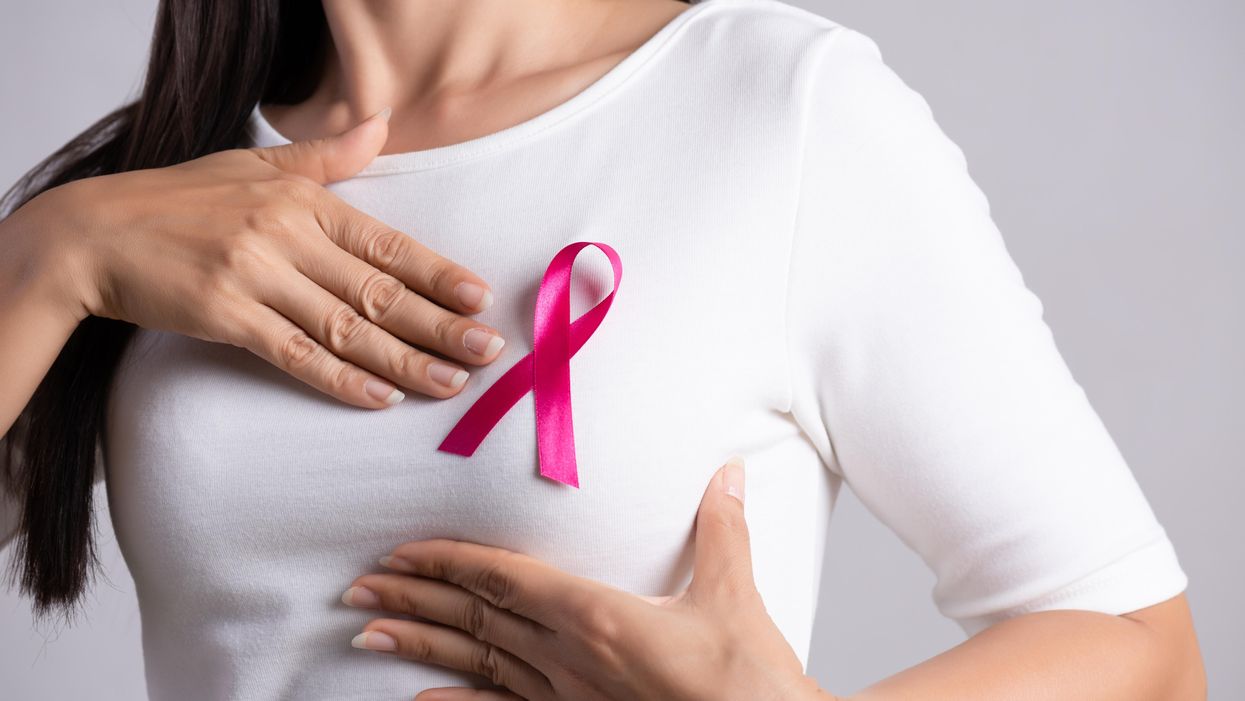(CNN) -- The breast cancer death rate in the United States has dropped significantly, but Black women continue to be more likely to die from the disease despite having a lower incidence of it, according to a new American Cancer Society report.
The study published this week in the CA: A Cancer Journal for Clinicians finds that in total, the death rate dropped by 43% within three decades, from 1989 to 2020, translating to 460,000 fewer breast cancer deaths during that time.
When the data were analyzed by race, Black women had a lower incidence rate of breast cancer versus White women, but the death rate was 40% higher in Black women overall.
"Death rates are declining in Black women, just like they are in almost every other group, but we're still seeing the same gap," Rebecca Siegel, senior scientific director of surveillance research at the American Cancer Society and senior author of the report, told CNN.
"The evidence is consistent that Black women receive short shrift in the health care system at every point of the breast cancer care continuum from lower quality mammography to delays between the time of diagnosis and the beginning of treatment to poor quality treatment when they are diagnosed," Siegel said. "The take-home message is that we really need to take a hard look at how we're treating Black women differently."
Researchers from the American Cancer Society, Emory University and Weill Cornell Medicine analyzed data on breast cancer incidence and deaths from the National Cancer Institute and registries at the US Centers for Disease Control and Prevention, dating back to 1975.
The researchers found that the incidence of breast cancer has risen slowly since 2004, by about 0.5% per year, driven mostly by diagnosing the disease early and more quickly at a localized stage.
In contrast, breast cancer death rates have declined steadily since their peak in 1989, the researchers found, falling 1.9% annually from 2002 to 2011 and then 1.3% annually from 2011 to 2022.
The ongoing racial disparities highlighted in the new American Cancer Society report came as no surprise to Dr. Samuel Cykert, professor of medicine at the University of North Carolina School of Medicine in Chapel Hill, who has conducted research on racial disparities in cancer treatment.
"The fact that the gap is still there doesn't surprise me because people haven't focused on it to do something about it," said Cykert, who was not involved in the report.
"In the late '70s, outcomes were equal. The reason for that is at that time, diagnosis was lousy, and treatment was very crude, and so nobody had excellent care and so deaths were equal in both groups," he said. "Then, as you look at the graphs between 1976 and 1985, they split off where the mortality for White patients markedly improved, and for Black patients, they improved, but not so much, and then around the mid-80s, the gap has remained constant until today."
To eliminate racial disparities among cancer patients, Cykert said, ensuring that Black women have the same access to hospitals, breast cancer screenings and adequate treatments as White women is key.
"You really need two things. You need a system change that acknowledges that there are disparities and care and outcomes," Cykert said.
"You also need community involvement so that individual health systems understand what the barriers are for their community. Plus, there also needs to be an accountability," he said, adding that "health care systems should use their digital data to look at treatment progress for all their patients in real time, especially disadvantaged groups, and build systems to keep engaging folks to complete all care."
The-CNN-Wire
™ & © 2022 Cable News Network, Inc., a Warner Bros. Discovery Company. All rights reserved.

















































